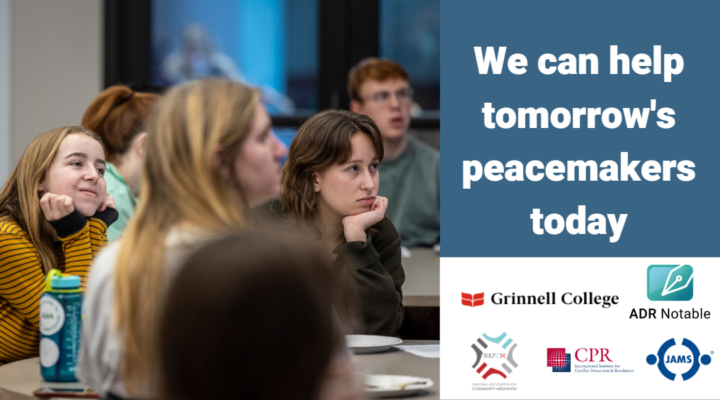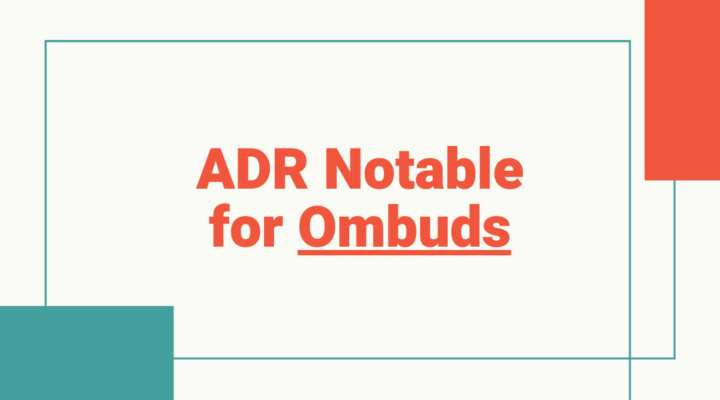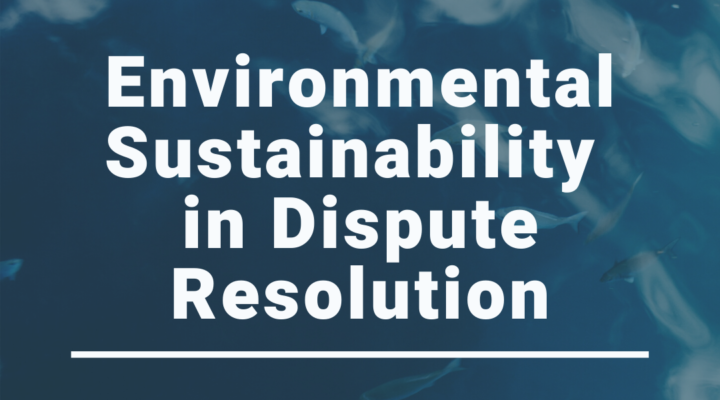Community Engagement to Raise Awareness of Mediation
In a presentation at a recent conference, some mediators complained that there were not enough cases to support multiple mediation practices in a given community. Those comments were both surprising and troubling. After further research and discussions, I understand a bit more about how to address the problem. We must raise mediation awareness through community engagement.
Long-term observers of mediation believe that the common 80/20 rule applies. Roughly 80 percent of mediation cases are handled by 20 percent of the mediators. Much of this may be intentional. Often, mediators are semi-retired law professionals. They manage a smaller caseload on purpose. For those in the 80 percent that want to be in the 20 percent, here are some thoughts.
The Market for Dispute Resolution is Huge
From a purely business perspective on mediation, what investors call the “total addressable market” (TAM) is enormous. Disputes or conflicts of all types define the TAM. There is no lack of demand for dispute resolution services. The mediator’s problem, particularly in the U.S., is market share. Litigation, arbitration and mediation all resolve disputes. However, litigation has the dominant market share as a means of resolving disputes in our society.
According to the 2018 State Court Statistical Digest, published by the Conference of State Court Administrators and the National Center for State Courts, there were about 80 million new cases filed in state courts alone. Stripping out traffic and criminal cases still leaves more than 15 million new civil cases per year. This affords more than enough demand to succeed. That is as long as market share can shift away from litigation in favor of mediation.
Remember, this doesn’t count federal court cases, administrative law cases at federal, state or local level, the use of mediation in criminal matters, international dispute resolution or any dispute that got resolved without first going to court.
Part of the reason mediation seriously lags litigation is a lack of awareness. Our culture emphasizes dispute resolution by contest rather than collaboration. Movies, television and the media constantly reinforce this. Better marketing is what will offset this societal bias. Mediation simply doesn’t come to mind for most people when faced with a conflict.
Community Engagement to Raise Awareness
A mediator should engage with established organizations where dispute resolution could make an immediate difference. For mediators interested in commercial mediation, join the local Chamber of Commerce, Business Roundtable or Rotary Club. These organizations are likely to welcome a presentation at a luncheon, a column in a newsletter, blog post on a website or other content opportunities. This gives the mediator an audience that may be receptive to learning how mediation works and it’s benefits.
By becoming a member of these organizations, the mediator can easily identify opportunities to make the case for mediation. Due to the lack of awareness, members of the community are not searching for mediation services. The mediator will need to spot the opportunities to talk about mediation until it becomes a part of the thought process when conflict arises.
State and Judicial
A locally-engaged mediator could get to know the state and local judicial officers. Recognize that courts will continue to be a potential source of disputes. A local judge who shares a positive view of ADR would also be a powerful guest speaker in a local business organization. The goal is to raise awareness of mediation to avoid a default to litigation.
Even the local judiciary may not know the full range of applications of mediation. A mediator can engage with a local prosecutor and judge to test mediation in certain criminal matters, using the example of this Maryland court study. Or perhaps a judge can agree to a limited test of “presumptive ADR” by referring certain cases to mediation following the example set by the New York State Unified Court System. Or try out a Mediation Settlement Day. In addition, a mediator could help plan recognition of the American Bar Association’s “Mediation Week” as well, typically occurring the 3rd week of October.
ADR in Schools
Schools are also a great place to change the societal response to disputes. We can help kids understand that conflict can be addressed in a process that lets them be heard and exercise control of the outcome. This may resonate with them while building the awareness of mediation and its benefits for a lifetime. This toolkit from IREX gives you a head start in developing a peer mediation program for young people.
Virtual Communities
Given the growth of virtual mediation, we can now think of the “community” for a mediator in a second respect. Each of the physical, geographical community opportunities described above likely has an online counterpart. Today, activities in the real world need to be supported in the parallel virtual world.
If a judge agrees to try mediation in misdemeanor cases, the benefit comes from reporting on the process and outcome online, in as many places as possible. This gains support from the public, media, and politicians who may then further the effort with public resources. Each of the initiatives to raise awareness through community engagement requires a digital online strategy to have the greatest possible impact.
Let’s Work Together
Once a mediator takes the time to consider this challenge in their own community, many new ideas will result. A community-engaged mediator needs to be proactive or even entrepreneurial in looking for opportunities.
But let’s not do this alone. Let’s raise mediation awareness through community engagement together. We hope others will share their thoughts and ideas, and we can develop a locus for sharing the creativity of the mediation community in its efforts to elevate the perception of mediation in our society.






